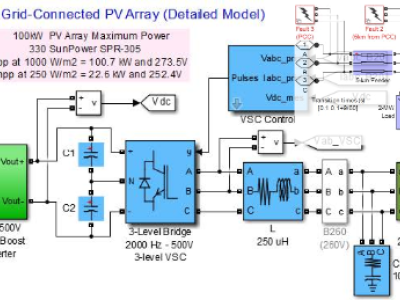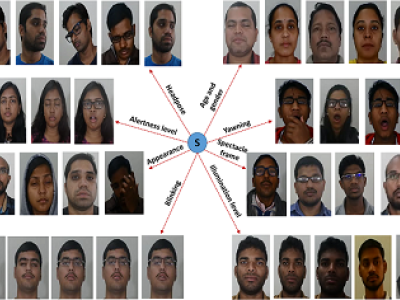Clustering by Using the Way of Atomic Fission

- Citation Author(s):
-
Shizhan Lu (Nanjing University of Science and Technology)
- Submitted by:
- Shizhan Lu
- Last updated:
- DOI:
- 10.21227/6fey-tw67
- Data Format:
- Research Article Link:
 305 views
305 views
- Categories:
- Keywords:
Abstract
Cluster analysis, which focuses on the grouping and categorization of similar elements, is widely used in various fields of research. Inspired by the phenomenon of atomic fission, this paper proposes a novel density-based clustering algorithm, called fission clustering (FC). It focuses on mining the dense families of clusters in the dataset and utilizes the information of the distance matrix to fissure the dataset into subsets. A K-nearest neighbor (KNN) local density indicator is applied to identify and remove the points of sparse areas so as to obtain a dense subset that consists of the dense families of clusters. The algorithm, denoted as FC-KNN, is achieved by merging FC and KNN local density indicator. Several frequently-used datasets were applied to test the performance of the proposed clustering approach and to compare the results with those of other algorithms. The comprehensive comparisons indicate that the proposed method has advantages over other common methods.
Instructions:
Cluster analysis, which focuses on the grouping and categorization of similar elements, is widely used in various fields of research. Inspired by the phenomenon of atomic fission, this paper proposes a novel density-based clustering algorithm, called fission clustering (FC). It focuses on mining the dense families of clusters in the dataset and utilizes the information of the distance matrix to fissure the dataset into subsets. A K-nearest neighbor (KNN) local density indicator is applied to identify and remove the points of sparse areas so as to obtain a dense subset that consists of the dense families of clusters. The algorithm, denoted as FC-KNN, is achieved by merging FC and KNN local density indicator. Several frequently-used datasets were applied to test the performance of the proposed clustering approach and to compare the results with those of other algorithms. The comprehensive comparisons indicate that the proposed method has advantages over other common methods.








